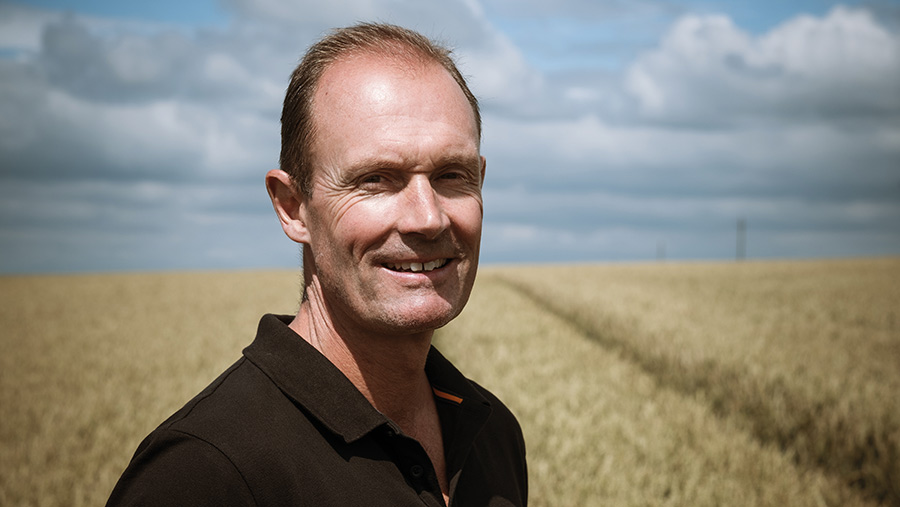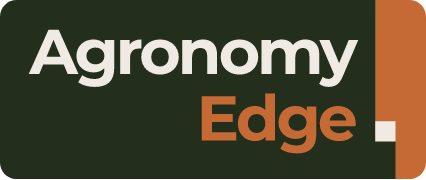Farmer Focus: Fert prices will worsen decline in food output
 © MAG/Colin Miller
© MAG/Colin Miller I took a gamble and didn’t sow any wheat in the dry spell in September, to at least attempt to avoid blackgrass and insecticide sprays for BYDV… and then it started raining.
Luckily, it’s now dried up again and we are again brewing nitrogen-fixing and phosphate-solubilising bacteria and applying them via a liquid system at drilling, together with such things as fulvic acid and molasses.
Given the current state of the fertiliser market, we will probably expand our trials with sprayed-on bacteria and foliar nitrogen feeds.
See also: Fert price hike pushes optimum nitrogen rates to 160kg/ha
I have mostly used liquid fertiliser, so have limited storage for early deliveries – hence just about enough nitrogen to feed the winter crops I have planted, but none yet for my planned spring crops.
I have just spoken to my buying group and the prices being quoted are at a level where I’ll have to do the maths before deciding whether to risk planting some of these crops.
They would be going in on land that is not my best and – hoping that my Countryside Stewardship application is successful – would go into two-year legume fallow for the following years.
The ability to vary fixed costs could play a part in this decision.
So what with fertiliser prices, environmental schemes and much of my long-term rented land having trees planted on it, my food output will be considerably down.
If this is repeated on a wider scale the already less-than-resilient domestic food supply chain may creak further.
A recently published Cambridge University review has come firmly to the conclusion that for the good of nature, land sparing is better than land sharing.
This means we should have concentrated, high-output food production on the best land, with much of the rest given over to wildlife and carbon capture. And the National Food Strategy is on board with this?
I wonder what my farm will look like in the future.


